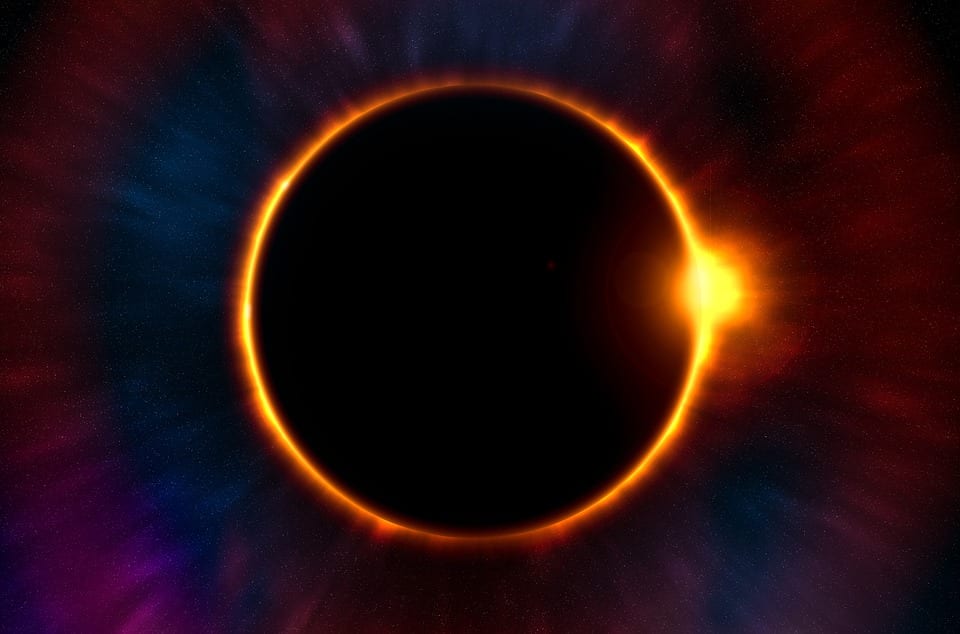
Solar energy sector prepares for total eclipse in the US
August 10, 2017Eclipse will have a major impact on solar power production
Several solar energy companies are preparing to suffer the impact of a total solar eclipse that will cross the United States later this month. The eclipse will make its way from Oregon to South Carolina, with the moon casting a shadow that is 70 miles wide. This will effectively halt all solar energy production along the path of the eclipse. Solar power production is expected to be cut by some 9,000 megawatts during the eclipse, which is approximately the same amount of electricity produced by 15 coal power plants.
Energy diversity and storage systems may help the solar sector overcome the eclipse
Such a drastic loss in solar energy production is forcing several companies to prepare for the eclipse in order to ensure that consumers can still receive the electricity they need. As the eclipse begins, several energy companies are expected to make use of natural gas generators, which will allow for rapid energy production. Nuclear power plants will also help satisfy demand while the eclipse its making its way across the country. Energy storage systems will also come into play, as they will allow for solar power to be stored for use while the moon is blocking the sun.
Energy grids are not designed to account for eclipses
One of the reasons that the eclipse is a cause for concern among energy companies is because the power grids in states are not designed to account for such events. The eclipse will account for a dramatic drop in energy production, which could leave some power grids with a shortage of electricity. When the eclipse passes, however, solar energy production will come roaring back. This can also have a detrimental impact on energy grids as they are not typically equipped to handle an extremely rapid influx of electricity.
Solar energy faces new challenges as it gains popularity
Solar energy has been gaining popularity in the United States for some time. The country has not had to confront the challenges presented by an eclipse like this before, however. This will be the first coast-to-coast solar eclipse that the United State has seen since 1918. Back then, the country had no viable solar energy sector. Now, however, solar power has become a very prominent part of the country’s energy makeup, which means that a total eclipse can present new challenges that have not yet been faced.



 With over 15 years of reporting hydrogen news, we are your premier source for the latest updates and insights in hydrogen and renewable energy.
With over 15 years of reporting hydrogen news, we are your premier source for the latest updates and insights in hydrogen and renewable energy.